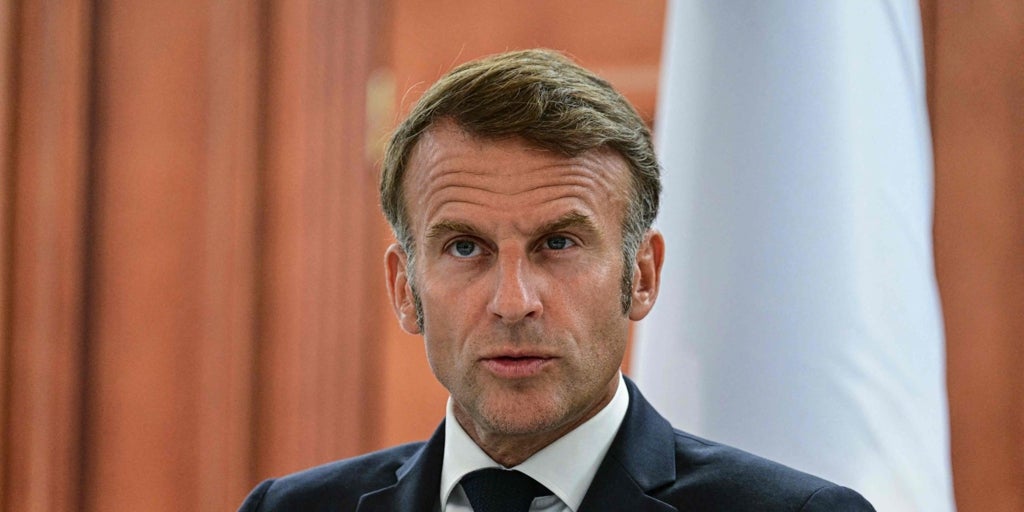Sweden Probes Possible Sabotage Behind Breakage of Two Baltic Sea Communications Cables
The authorities of Finland, Sweden, and Lithuania have set their sights on a potentially sinister explanation for the damage suffered by two submarine telecommunications cables in the Baltic Sea: sabotage. This comes amid growing tensions and geopolitical concerns in the region, where each incident seems to reverberate with implications far beyond the surface.
Unraveling the Mystery: The C-Lion1 and Arelion Cables
The C-Lion1 cable, connecting Helsinki to the German port of Rostock, and the Arelion cable, linking Lithuania with Sweden’s Gotland, have been under investigation following significant damage. The Swedish Prosecutor’s Office announced on Tuesday that they have opened an investigation into these incidents, with preliminary classification indicating sabotage.
“Currently, the classification of the crime is sabotage. There is a preliminary investigation underway at an early stage. There is no further information about the case at the moment,” stated Henrik Söderman, a spokesperson for the Swedish prosecutor.
Furthermore, Finland’s National Investigation Office has joined forces with Sweden to probe the C-Lion1, where damage occurred nearer to Sweden’s exclusive economic zone. The cybersecurity firm Cinia indicated the cable’s failure was likely caused by an external force, raising eyebrows across the security sector.
Adjacent Disruption: A Parallel Incident
Meanwhile, the Arelion cable also faced a cut on the same day, close to the scene of the C-Lion1 incident. A spokesperson for Lithuania’s Telia operator confirmed that the disruption of internet traffic resulted from material damage rather than any equipment failure—a red flag for security experts. The Lithuanian National Crisis Management Center didn’t rule out sabotage either, indicating an alarming trend.
Suspicious Movements: Tracking Potential Perpetrators
Adding more fuel to the fire, Swedish armed forces reportedly detected suspicious maritime activity coinciding with the cable cuts. Civil Defense Minister Carl-Oskar Bohlin indicated that movements shared by vessels might correlate with the incidents. Speculation has arisen surrounding the Chinese merchant ship Yi Peng 3, which departed the Baltic Sea under the watchful eyes of various nations, amplifying concerns over potential foreign involvement.
Echoes of Previous Incidents: A Pattern Emerges
These incidents stir memories of previous infrastructure failures in Baltic waters, including a significant disruption in October 2023 involving the Balticconnector and another telecommunications cable between Finland and Estonia. Investigations from the earlier case suggested that the culprit could be linked to the Chinese merchant vessel New Polar Bear, once again stirring debate on whether such events are part of a broader, strategic maneuvering by foreign powers or mere coincidences.
German Defense Minister Boris Pistorius has openly labeled the recent cable damage a “hybrid action,” dismissing the idea of accidental damages while asserting that diplomatic tensions are impossible to overlook. “No one believes these cables were cut accidentally,” Pistorius affirmed while in Brussels, underscoring a growing consensus among European leaders that something more nefarious is afoot.
Fingers Pointing: The Hand of Moscow?
As investigations loom, German Foreign Minister Annalena Baerbock highlighted the urgency of evaluating the incidents against the backdrop of a rising threat from Russia. Her stance was backed by both Swedish and Lithuanian counterparts, cementing a collective regional alarm envisaged in light of escalating tensions in Eastern Europe.
Such aggressive postulations, however, inevitably lead to divisive narratives that may not align with the complete picture. The distressing reality is that while tensions simmer, no concrete evidence has yet linked these incidents to a state actor, leaving theories swirling in a fog of speculation.
Drawing Parallels with Nord Stream Sabotage
The refrain of sabotage echoes hauntingly back to the Nord Stream gas pipelines, which witnessed harrowing explosions in September 2022—events that cast a long shadow of uncertainty over the security of underwater infrastructure. Where once there were debates over responsibility ranging from Russian actors to Western governments, the current outlook for the communication cables similarly hints at a complex tapestry interwoven with ulterior motives.
Investigations from Denmark and Sweden reached inconclusive results, yet the implications of the Nord Stream sabotage still hang in the air. As unresolved questions linger about potential Ukrainian involvement or repercussions of Russian aggression, the backdrop of the Baltic’s operational security becomes all the more critical.
What’s Next? The Future of Baltic Security
With both psychological and infrastructural warfare becoming hallmark features of modern geopolitical conflicts, the Baltic Sea emerges as a hotbed for strategic maneuvers. The damages sustained by these communications cables underscore the vulnerabilities faced by nations reliant on uninterrupted digital infrastructure—each incident having the potential to escalate into larger confrontations.
For now, as authorities sift through the evidence and maritime logs, the world watches closely. The outcomes of these investigations could set the tone for how nations perceive and react to perceived threats in a time when every fiber of connectivity matters. In an era where information flows as freely as air, ensuring its security may be one of the most pressing challenges of our time.















